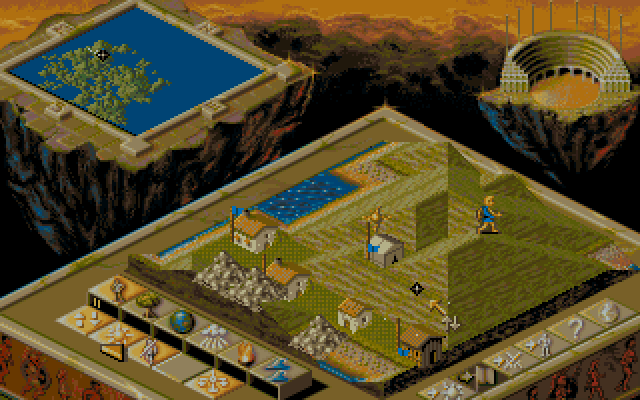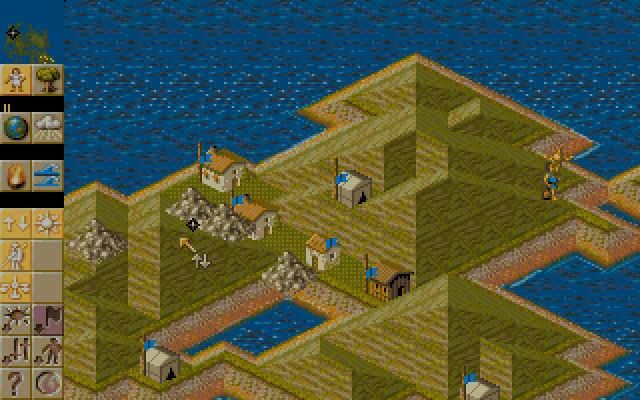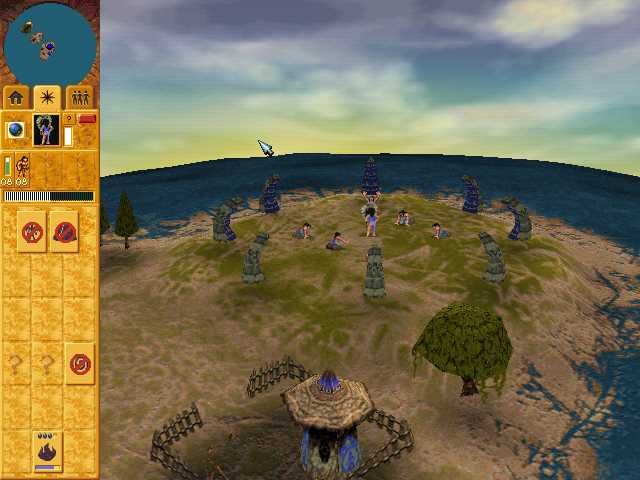Soundly situated in obscurityland
Famous in inverse proportion to how cool I am
And should I ever garner triple-digit fans
You can tell me then there’s someone I ain’t indier than
– MC Frontalot, Indier Than Thou
I’ve had a love/hate relationship with the indie gaming scene for a while.
The love, of course, comes from appreciating and identifying with people who can make games in their spare time.
The hate comes from…
Well, it’s complicated.
But it’s basically all Steve Pavlina‘s fault.
See, Steve ran Dexterity Software back in The Day(tm). He had forums on his site (like any good small developer who understands that building a community is just as important as making games). Those forums attracted a lot of other people who wanted to follow Steve’s path…thus, they became the unofficial “indie developer” forums.
But then Steve stopped making games and closed the forum down. The indies needed a new forum, so they created one. They named it the Indiegamer Forums.
That was their first mistake.
Why? Because by overtly stating “This board is for indies only” they made it necessary to define what an “indie” is…and there are lots of definitions.
And thus, there has been a lot of heat generated on the board over the years as people do things that “betray the indie code”…as perceived by some of the main posters there. Lots of people have run afoul of this over the years…usually for doing completely prudent things necessary to keep themselves in business.
That’s not to say that there’s nothing good there. That’s not true. But the board has been susceptible to vituperation in the past and that’s why I don’t read it any more, even though I’m allegedly their target audience.
Example? Well, here’s a good one: GameTunnel, the leading indie game review site, recently released their Top 100 Independent Games list. A list like this is always going to be contentious, but there’s one game that absolutely should be on that list and isn’t.
And that game is Stardock’s Galactic Civilizations II.
Why isn’t it? Well, this just goes straight back to their “What is an indie?” problem. Stardock is too “big”. They can get retail deals based on the strength of their past games. They have their own Steam-style system for purchasing and downloading games directly over the internet. Their stuff gets reviewed by all the major gaming sites. Thus they aren’t indie. “Indie” to the denizens of the Indiegamer Forums is one guy in his bedroom making whatever he wants (er…as long as he doesn’t dare make a “casual” game).
Of course, that’s exactly how Stardock started. And Stardock has never sold themselves.
They fulfill my requirements for indie – no one can tell them what to make and no one can tell them when to ship.
It’s pretty obvious to me that Stardock is an indie gaming company that has simply made real good.
And now Retro64 has been purchased by PopCap. Retro64 is owned by Mike Boeh, a consummate indie developer and the creator, maintainer and host of…the Indiegamer Forums. Retro64 also hosts Game Tunnel.
PopCap has long been decried on the Indiegamer Forums as a corporatized clone-making machine; a company that cares only about money and simply steals every good game idea they come across. Go ahead, search for “PopCap” and “Zuma” on the forums and see what you get.
Mike has escaped the white-hot backlash his “selling out” would normally have generated on the forums because he’s the host – and frankly, everybody likes him. He’s a great guy. But lots of people are seeing this as yet another “true indie” swallowed up by the machine. And although Mike has made it clear that the forums and Game Tunnel were not part of the acquisition, some are wondering what their future can possibly be if the company hosting them is now owned by a “corporate clone monster”.
Frankly I think it’s all much ado about nothing. PopCap could not possibly gain from shutting down GameTunnel and the Indiegamer Forums; and if they threatened to do so those sites would simply move.
But then that’s the other aspect of “indie” that they embrace…the idea of the renegade programmer, coming up with radical new ideas that The Man(tm) will eventually either have to steal…or destroy. ‘Cause you know, the indie scene is the only place where true innovation can take place.
Please. Sometimes I feel like yelling, “Just shut up and make your games!” Though frankly I should take my own advice.




